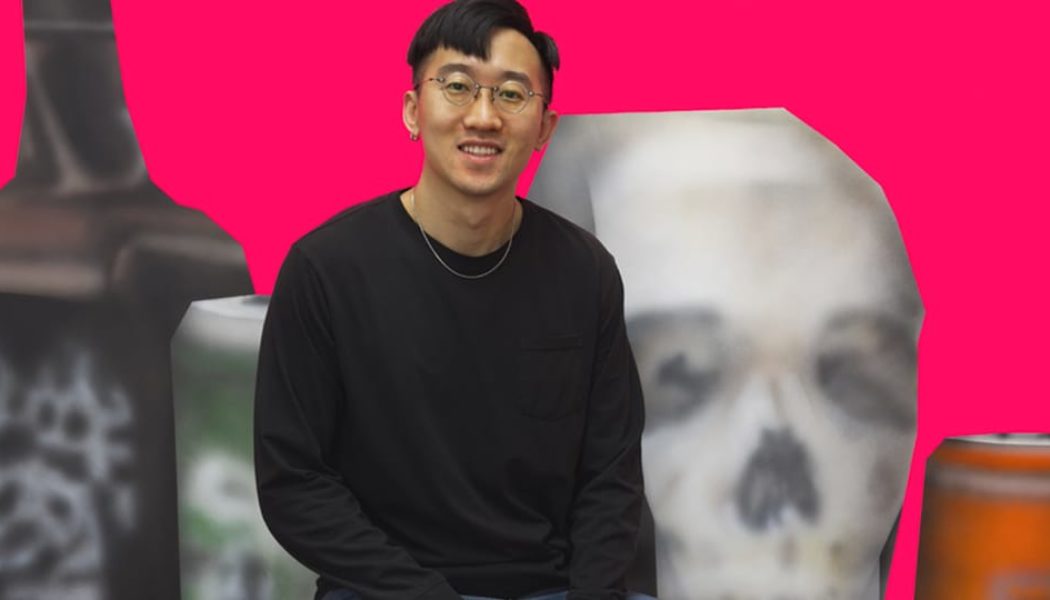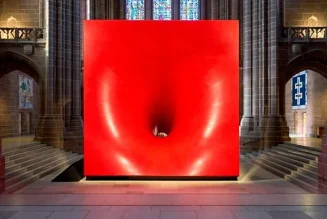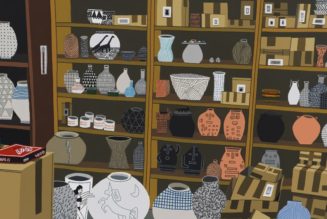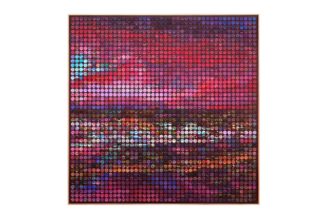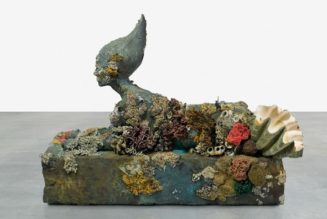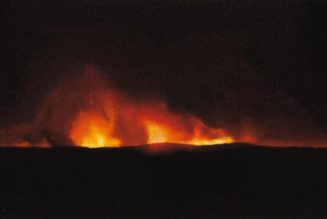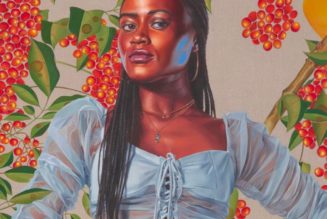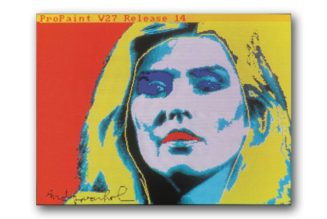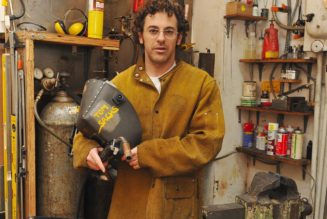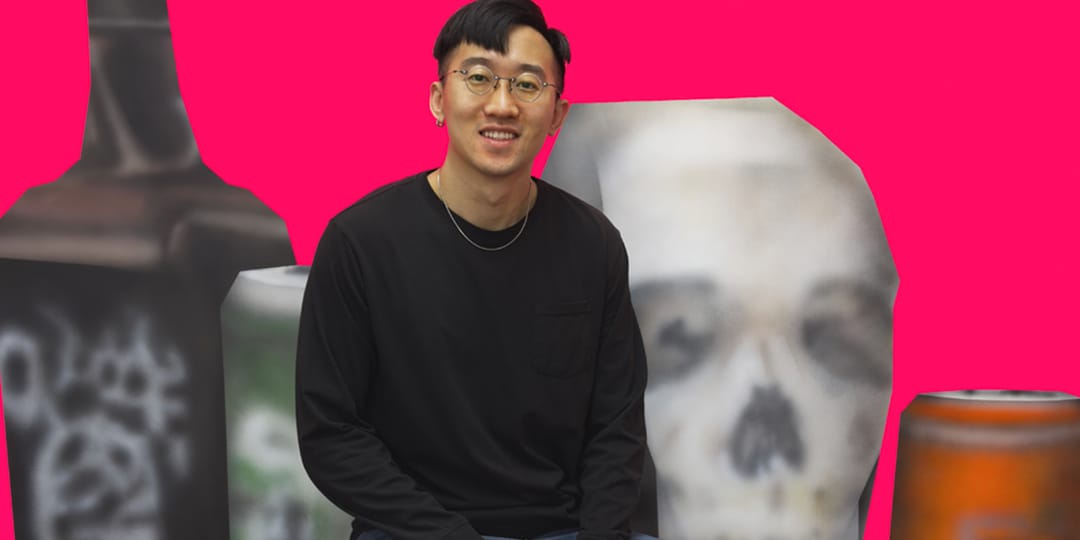
When you make your own art, do you constantly see yourself critiquing the perceptions of both West and East in your work?
When I was in China, I was still an undergrad and not that mature in mind. I’ve developed and started a new life here. So Western art has shown me how to behave. I never really compare the two. In terms of how I use those two histories: I think Western art history inspired me little bit more. Every month, I’ll go to a museum, like the Menil Collection — which is one of the biggest in America — and check out their installations from the Renaissance all the way to the 20th century.
You go through all these works by timeline and suddenly you stop and have this momentum to keep going. So I try to feel and analyze that momentum in what’s going to happen next. That blank space is what I’m trying to, and all artists are trying to figure out.
How was your transition from China to the US?
I was living with my parents in China, so mentally, physically and financially, I never really had that independence. Once I landed in Houston, I was on my own — every decision and how to make money.
I would also say that Western art professors are more open-minded and loose, in terms of them not telling you exactly what to do, instead guiding you and just providing materials and information. In China, they really just instruct you what to do, which can be very specific. Art is all about studying yourself. As we grow, your art will become more mature and powerful.
When I view your work, I instantly think of Goldeneye and other PS1-N64 video games — where at the time, the graphics felt like such an upgrade from where things were at with the consoles prior. But in hindsight, they look like primitive etchings but just in a digitized form. How did your video game aesthetic develop?
My last solo in Bangkok was at the Tang Contemporary and the title was called Digital Primitivism. In the late ‘90s and early naughties is when the first three-dimensional games came out, which in hindsight, look like cave paintings. But you can still recognize what it is. It works well, despite being raw. That shock, to me, is one of the main impulses that I make my work. In our formative years, all of a sudden you have this 3D video game like Counter-Strike (1999), and everything looks so real. You have physical roles, moral roles, physical gravity and you can walk through space and time — all you need for another world. That shocked me.
A lot of my work features zoomed-in crops of characters, where they may appear dumb looking, because that’s what I always did while playing Counter-Strike. When you die, you get to float around like a ghost. So I always went around the map to see objects really close, where I think now, it’s because I wanted to spot out the flaws just to know that it’s not a real world, just one created by humans. The pixelated rawness and blurriness gives you a comfort.
